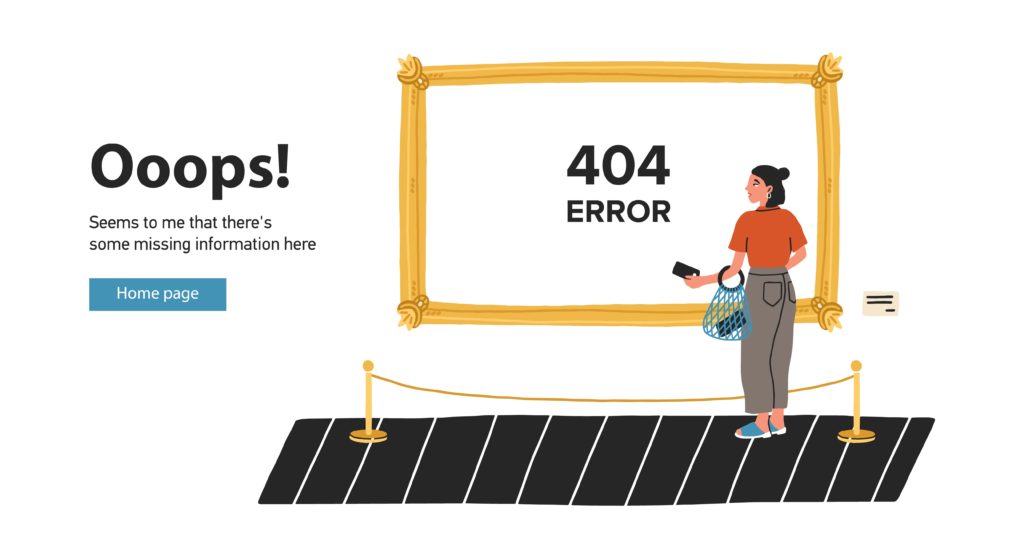
Technology is advancing at an unprecedented pace, empowering businesses to accomplish more in less time. The transformations that technology has brought about in the business world are mind-boggling, and with transformative change comes stress.
Without a defined change management strategy in place, avoidable inconsistencies are more likely to occur, and you risk disrupting essential operations and losing valuable team members due to burnout. Keeping that in mind, before you begin implementing new technology in your infrastructure, you must understand the significance of effective change management.
Change management is an approach that deals with changes or transformations in organizational processes, objectives, and technologies. The goal of change management is devising strategies to implement and govern transformation while helping your team adjust to it.
Making a case for change management:
Change management is crucial because:
It addresses the effects of change on individuals, processes, and more
Every change has repercussions in multiple areas of an organization, and change management helps address each of these.
It enables organizations to prosper in an ever-changing business environment
Organizations that use change management achieve better results even when managing multiple distinct transformations.
It empowers people
Change management prepares, empowers, and supports people to adapt to their workflows, environments, and technology changes.
It increases the success rate of a transformation
Excellent change management increases the likelihood of meeting objectives by reducing risks.
What could go wrong with ineffective change management?
1. Gaps in Communication
Effective communication is, without a doubt, one of the most critical factors for organizational success. Employee resistance may develop if they feel bombarded with changes and aren’t comfortable expressing their concerns due to a lack of two-way communication.
Communication breakdowns or gaps cause demotivation, employee frustration, a lack of collaboration, attrition, and ultimately, business failure.
2. Employee resistance and frustration
You should expect some of your employees to resist change initially. However, failing to handle it proactively could undermine your objectives. If ignored, it eventually leads to disengagement, decreased productivity, and increased absenteeism.
Plus, if an employee is frustrated for an extended period, it may create a dull workplace atmosphere that eventually affects other employees.
3. Workflow glitches and stoppages
Workflow glitches and stoppages are obstacles that no aspiring business should tolerate. But remember, neglecting such hurdles can harm productivity, timeliness, and prospects.
It’s worth noting that in today’s complex business environments, unexpected workflow glitches and stoppages will almost certainly have a cascading effect and destabilize other related/dependent business components.
4. Lost productivity
In an era when businesses compete to optimize their productivity and be the best in their domain, lost productivity can undoubtedly eat into the profitability of a careless business.

